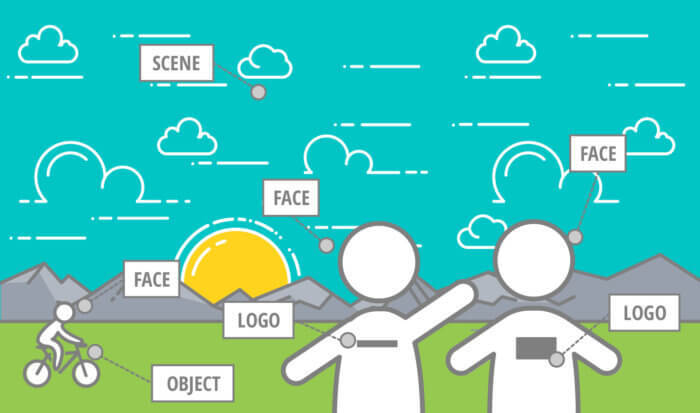In today’s digital age, images have become an integral part of our lives. From sharing moments on social media to making important business decisions, visual data is all around us. But what if we told you that there’s more to images than meets the eye? Welcome to the world of Image Analytics, a cutting-edge technology that unlocks the hidden potential within every pixel.
What is Image Analytics?
Image Analytics, also known as image analysis or computer vision, is a process that involves the use of advanced algorithms and artificial intelligence to extract meaningful insights from images and videos. It goes beyond the surface and digs deep into the content of these visual elements to provide valuable information.
How Does Image Analytics Work?
Image Analytics works by leveraging sophisticated algorithms and machine learning models to analyze images and videos. Here’s a simplified breakdown of the process:
- Data Collection: The first step is to gather a vast amount of visual data, which can be in the form of images or videos. This data can be collected from various sources, such as surveillance cameras, social media, medical imaging, and more.
- Preprocessing: Before analysis, the data is preprocessed to enhance the quality of the images. This step involves tasks like noise reduction, image enhancement, and resizing.
- Feature Extraction: Image Analytics extracts relevant features from the images, such as colors, shapes, textures, and objects. These features are then used to identify patterns and characteristics.
- Analysis: The heart of Image Analytics is the analysis itself. Advanced algorithms are employed to recognize objects, detect anomalies, and categorize images based on specific criteria. This can range from identifying faces in photographs to diagnosing diseases in medical images.
- Interpretation: The results of the analysis are interpreted to extract meaningful insights. This can include sentiment analysis in social media images, identifying trends in e-commerce, or monitoring traffic flow for smart cities.
- Reporting and Visualization: The final step involves presenting the findings in a comprehensible manner, often through reports or visual dashboards. This allows businesses and individuals to make data-driven decisions.
Applications of Image Analytics
Image Analytics has a wide range of applications across various industries:
- E-commerce: It is used to improve product search and recommendation systems, enabling users to find products similar to their preferences.
- Healthcare: In medical imaging, Image Analytics helps in the early detection of diseases, making it a powerful tool for radiologists and clinicians.
- Security and Surveillance: It plays a crucial role in identifying security threats, monitoring public spaces, and ensuring safety.
- Social Media: Image Analytics can analyze and classify images and videos, helping marketers understand user preferences and sentiments.
- Agriculture: It is employed in precision agriculture to monitor crop health and detect disease outbreaks in real-time.
- Smart Cities: Image Analytics is used for traffic management, waste management, and environmental monitoring in smart city projects.
Benefits of Image Analytics
Image Analytics offers numerous advantages, including:
- Efficiency: It automates image analysis, saving time and reducing the margin for human error.
- Insights: It uncovers hidden patterns and trends that might be missed by manual examination.
- Cost-Effective: By automating tasks, it reduces the need for manual labor and streamlines processes.
- Improved Decision-Making: It provides valuable data for better-informed decisions in various sectors.
In conclusion, Image Analytics is revolutionizing the way we interact with visual data. Its applications are vast, from healthcare to marketing, and it’s becoming an indispensable tool in the age of data-driven decision-making. As technology continues to advance, Image Analytics will only become more sophisticated, allowing us to tap into the untapped potential of images. Don’t underestimate the power of pixels – embrace Image Analytics and unlock a world of possibilities
